
Finishing your 10k run faster requires you to take time to prepare and build your running mileage. But strength training also plays a key role in your development as a runner, it builds muscle so that the body can handle the repetitive stress on the joints of distance running.
Also, the stronger you are, the faster you can go with good running technique since you can generate more force into the ground which enables you to propel your body further. Having a good strength and conditioning program in conjunction to a formal running plan develops running economy and faster adaptations in your body.
Here are 5 of the best exercises you should include in a strength training program:
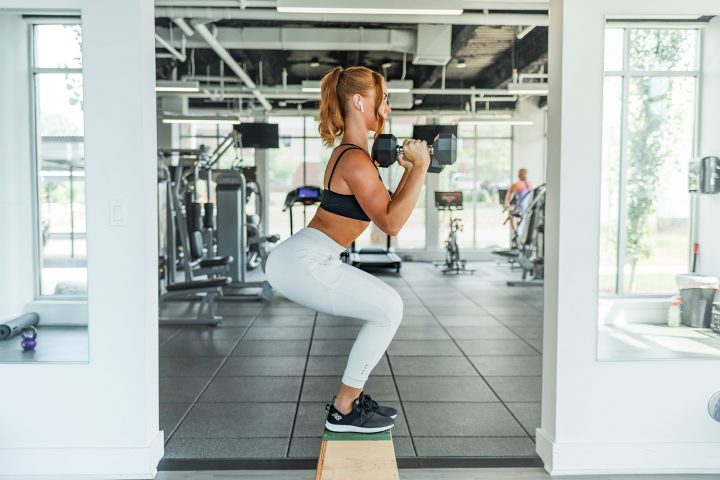
1. Squat Variations
The squat builds strength in your thighs, glutes and legs which contribute to overall power when running. Besides the strength and power benefit, being able to squat properly with or without added load requires a certain degree of flexibility and mobility at the hips and ankles. That surely provides a more efficient economical stride. Maintaining a good torso position while squatting also works on the core musculature which is important for running form. Start by doing a proper bodyweight squat and progress to loaded squats like the goblet squat, dumbbell or barbell front and back squats.
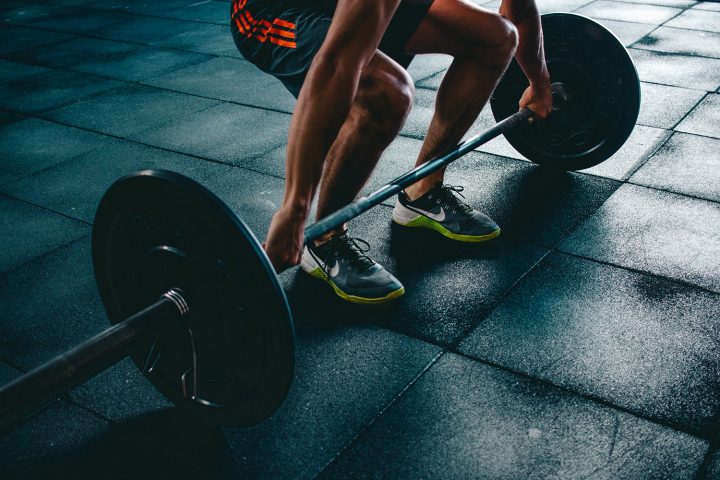
2. Deadlift Variations
The deadlift ranks as one of the best if not the best form of strength exercise to build overall body strength. This creates a strong posterior chain which means all of the muscles of the backside of the body are strengthened. These muscles include the glutes, hamstrings, calves and most of the upper back muscles. Improving these areas allow for more support at the knee and hip joints which are common issues for runners. Learn the proper hip hinge technique before doing deadlifts. Do different variations like Kettlebell sumo deadlifts, Romanian deadlifts, Trapbar deadlifts and Conventional Barbell deadlifts.
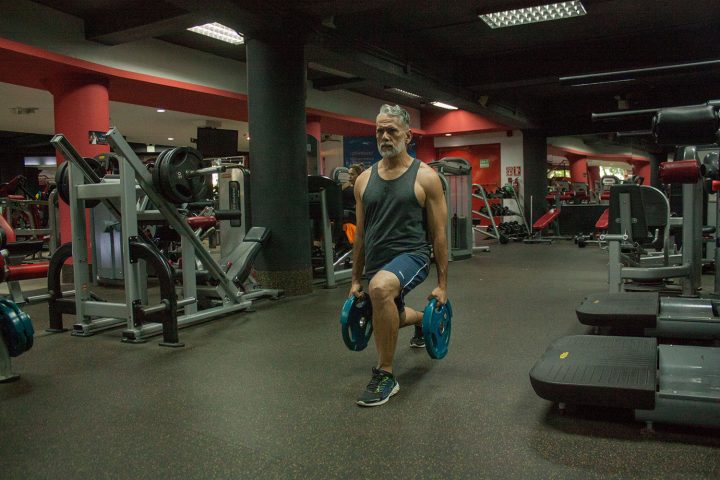
3. Split Squat/ Lunge Variations
Almost all sports require single-leg strength development. Running involves continuous one leg driving and stabilizing as it comes in contact to the ground. Training with single leg squat or lunge variations improve core and hip stability which can lessen muscular/strength imbalances. Work on split squats, rear foot elevated split squats, front foot elevated split squats, forward, reverse and side lunges as well.
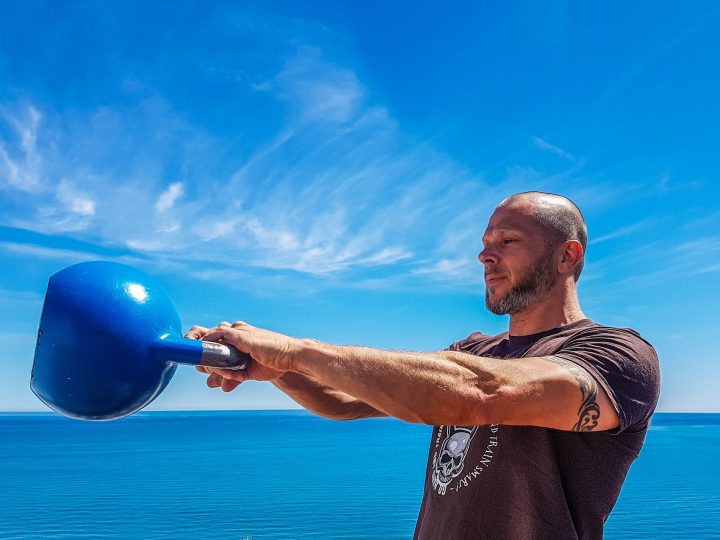
4. Kettlebell Swings
Kettlebell Swings are great for developing hip explosiveness and general overall power while being less taxing on the joints as compared to some jump training or plyometrics. It’s also great for the posterior chain like the deadlift, a strong backside is important for both injury prevention and performance. Learn the proper hip hinge then progress to a kettlebell deadlift with a quick pull from the ground before trying the kettlebell swing.
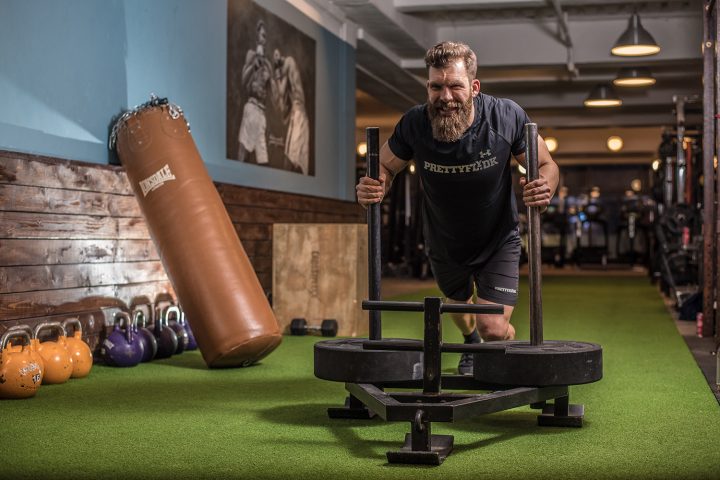
5. Prowler Push
Probably not very common in a regular gym/health club, this equipment offers multiple benefits, produces great results in less amount of time which gives you a huge bang for your buck. It is used to help increase strength or power (depending on the program) improve your overall conditioning, and is a great tool for fat loss. The Prowler push mimics the lower body mechanics of running, with less stress to the joints involved.
While these are all great exercises that can help improve running economy and efficiency it is essential to understand that it will always boil down to a good strength training program and not a single exercise alone will produce the best result you want to run a faster 10K.
Here is a sample of a basic 4 weeks strength program:
You can do this at almost any regular gym, aim to do at least two sessions a week with at least one day of rest in between.
Warm-up: 6-10 min dynamic warm-up
Main Set: aim for 2-3 sets per training block
Rest Periods:
– rest for 30 seconds or less in between exercises
– rest for 1-2 minutes after a set
– rest for 2-3 minutes after finishing an entire block.
Load: Use a weight that is appropriate enough to challenge while still being able to maintain good form
Block 1:
– 1a. Kettlebell Deadlift 10-12 reps
– 1b. Dumbbell Push Press 10 reps
– 1c. Dumbbell Row 10-12 reps
Block 2:
– 2a. Goblet Squat or Split Squat/ Lunge Variation 10 reps each
– 2b. Lat Pulldown 10 reps or Assisted Chin-ups for 5-8 reps
– 2c. Pushups 10 reps
Block 3:
– 3a. Kettlebell Swings 10 reps
– 3b. Core Exercise Variation (Planks and Side Planks) 30 seconds each






